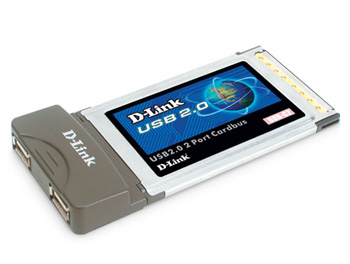

Scan For Usb Device Windows 10 Does Not
Your Windows computer will now automatically scan USB flash drives using Windows Defender.Alternatively, you can insert a USB stick and right click the drive letter and select Scan with Windows Defender but the problem here, is the USB could have already done it’s virus work before you had a chance to scan for malicious code. Do not insert a Memory Stick Duo in the Brother machine's lower SD slot. Doing so may damage your machine.You never know where a flash drive has been.To check if Windows detects your USB device, you need to go to Device Manager to see if your USB device is listed under the appropriate heading or listed.It’s always best to scan a USB flash drive.Did you know Windows Defender can be setup to scan a USB stick automatically, when it’s plugged in? Below are the steps to make that configuration setup.By default, Windows 10 does not have this setting configured. We are not sure why, as USB sticks and downloads from internet sites are probably the two most vunerable ways to get a computer infected. Our only guess, is the scan process of a USB stick can take some time, and for a user to have that step done with each connection, could reduce the user experience.This tutorial will take about three minutes to setup.
Different devices will, of course, return different information.In the 'Disk' category of an asset, you can also find Mass Storage Devices such as external hard drives. Scanned USB informationLansweeper finds details on connected devices via Windows Management Instrumentation (WMI). Most USB devices don't count towards your asset limitation either, so a workstation with multiple connected devices is still only one asset from a Lansweeper licensing perspective. Local devices that are attached to the asset show up on a computer's asset page.



 0 kommentar(er)
0 kommentar(er)
